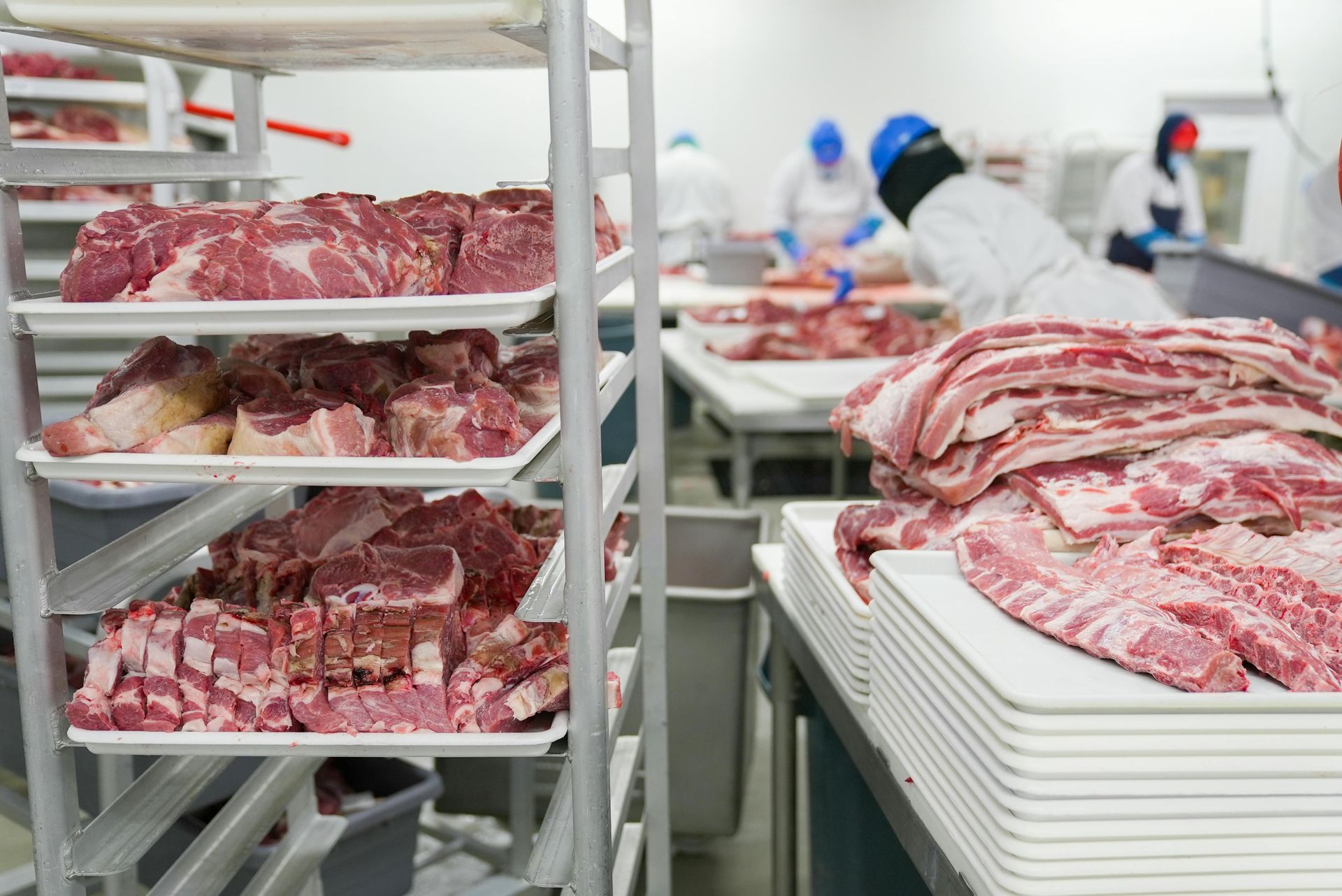News


The Fair Work Commission has handed down changes to the Meat Industry Award 2020 that will affect how you classify and progress entry-level employees. From 14 October 2025, definitions in Schedule A are clearer, and the pathway out of Level 1 is faster and is now based on demonstrated competence, not time served.
What’s Changed
The new Schedule A introduces clearer definitions and extra guidance to help employers and employees align roles with the right classification level. It now includes more detailed descriptions of industry terms, tasks, and levels, making it easier to understand where each role fits.
Importantly, the old rule requiring a minimum of three months at Level 1 has been removed, allowing faster movement based on competency rather than time. Entry-level employees can now progress as soon as they can perform productive work without assistance, or once you certify their ability to take on higher-level tasks. In the meat processing establishment stream, workers who demonstrate the required skills can move directly to Level 3. However, a six-month cap at Level 1 remains in place to ensure no one stays at the entry level for too long.
Managing Pay and Competency
With faster progression under the new Schedule A, wage increases may happen sooner than before, so employers should factor this into their budgets. Clearer definitions reduce ambiguity, but they also require stronger evidence—decisions need to align with the updated Schedule A rules.
There is a higher underpayment risk if employees demonstrate higher-level competence but are not reclassified and paid accordingly, making good record-keeping essential.
Frontline supervisors will need to be confident and consistent in assessing and certifying employee competence to ensure fairness and compliance.
What To Do Next
Review your classifications
- Compare current roles and duties to the updated Schedule A.
- Reclassify if duties have changed or employees are clearly performing higher-level tasks.
Update your onboarding and reviews
- Move competency checks earlier (for example, weeks 2–4 and week 6), rather than waiting for three months.
- In processing establishments, include a pathway for direct movement to Level 3 where warranted.
Build simple competency tools
- Turn Schedule A tasks into short, observable checklists for each level.
- Create a clear “employer certification” template for sign-offs.
Tighten payroll workflows
- Set triggers so HR/payroll action classification changes as soon as competence is demonstrated.
- Keep dated evidence of assessments and certification.
Communicate the changes
- Brief supervisors on the new definitions and progression rules.
- Let entry-level employees know how they can progress and what evidence you’ll use.
Key Changes At a Glance
- Clearer definitions: Added rules and descriptions for terms, tasks, and levels.
- Faster progression: The three-month minimum at Level 1 has been removed.
- Competency-based movement: Employees move up once they can work independently or are certified as competent.
- Direct jump option: In meat processing, workers can progress straight to Level 3 once skilled.
- Level 1 cap: Maximum of six months allowed at Level 1.
Pay and Competency At a Glance
- Earlier pay changes: Wage increases may occur sooner; plan budgets accordingly.
- Less ambiguity: Clearer definitions reduce guesswork but require solid evidence.
- Underpayment risk: Reclassify and pay employees once higher-level competence is shown.
- Supervisor readiness: Leaders must assess and certify competence confidently and consistently
In short, the Meat Award changes move progression from time served to demonstrated competence, with clearer definitions, no mandatory three months at Level 1, a six-month cap, and a direct path to Level 3 in processing. To stay compliant, audit classifications, update position descriptions, use evidence-based assessments, train supervisors, and set payroll triggers for immediate reclassification.
For guidance on frameworks, templates, or a compliance review, contact a Lucas Group consultant.
For the full list of changes and the updated definitions, see the Commission’s
final determination.
Source: Fair Work Ombudsman
Get the latest industry updates
Contact Us
We will get back to you as soon as possible.
Please try again later.



